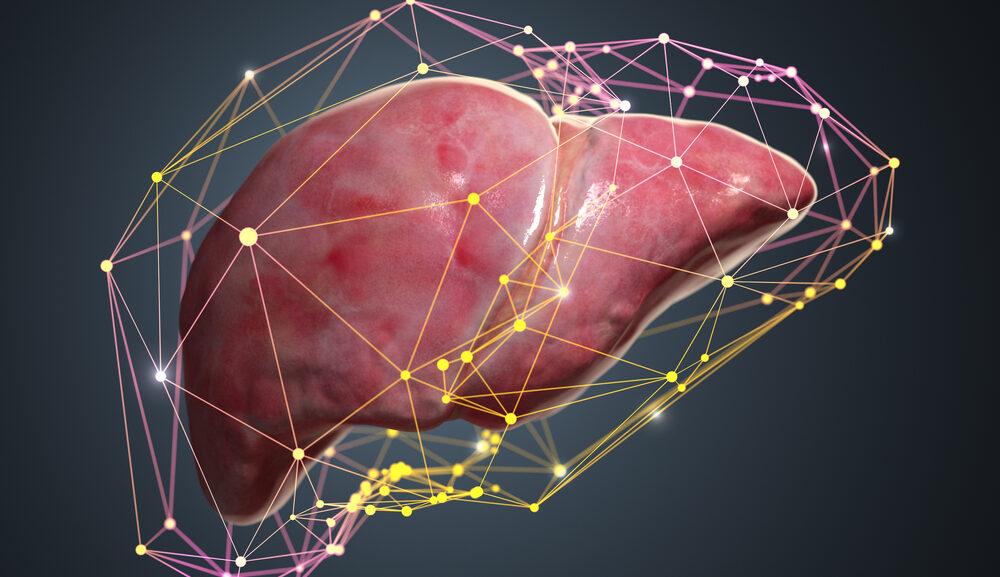Artificial Intelligence Can Aid Early Detection of Malignant Liver Tumors

Early detection of malignant liver tumors is crucial for improving a patient’s prognosis. The most common malignant liver tumor is hepatocellular carcinoma, which is often diagnosed too late because of the difficulty in distinguishing between it and other liver conditions. It’s often said that “time is liver” – delay in identifying and treating hepatocellular carcinoma may result in missed treatment and thus higher risk of cancer recurrence, metastasis, or death due to comorbidities. There’s hope for improved detection rates, though, as scientists have been exploring the use of artificial intelligence (AI) to help radiologists identify liver tumors earlier.
A recent study was conducted to determine the effectiveness of adding AI to the diagnosis of liver metastases. The software utilized in the study was designed to detect cancer lesions that human readers may miss. The study included 1,817 patients with 554 confirmed liver metastases. The AI software was able to detect liver metastases in 54% of patients in whom the findings went unnoticed by human readers. The AI system uses deep learning technology that scans medical images of the patient’s liver and can recognize even microscopic changes, which can indicate early-stage cancer.
Therefore, combining the accuracy of AI with the detection capabilities of radiologists can provide early detection of malignant liver tumors that would have gone undetected normally. The software has the potential to improve treatment rates and patient survival rates, as well as reduce the rate of unnecessary investigations for patients without cancer.
However, both the software and the radiologists often failed to detect metastases with a smaller size, low contrast and background fatty liver. Reasons for the gap between AI and physicians, the authors noted, could include indications for the examination—with CT scans for concerns unrelated to the liver sometimes resulting in misses. The radiologists’ physical and mental condition at the time, including any fatigue, anxiety or lack of concentration, also could have had an impact.
“For instance, the software failed to detect liver metastases in contact with large hepatic veins, whereas the radiologists did not; this leads us to believe that lesions surrounded by the liver parenchyma may be easier for the software to detect than those that are not,” Nakai et al. noted. “Therefore, the software would not replace the radiologists; instead, the software should be used in conjunction with the radiologists’ clinical interpretation.”